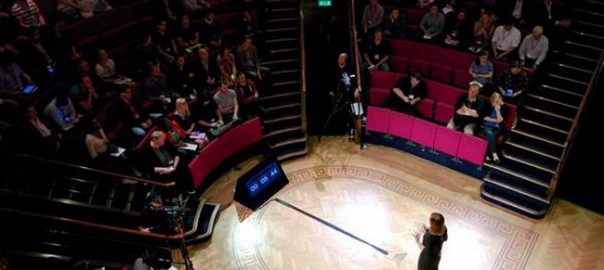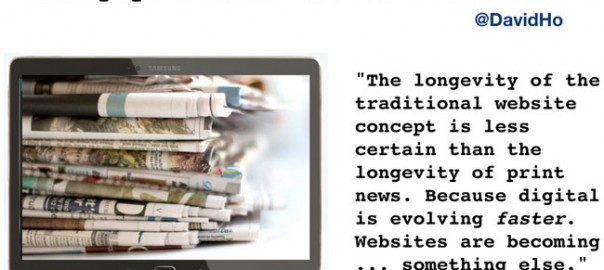One of the reasons I absolute love working for Global Radio is being involved in the amazing selection of events they put on each year. Whether it’s Capital’s Summertime Ball, Jingle Bell Ball or XFM’s Winter Wonderland – it’s always an exciting time of year as the company rallies round to deliver a brilliant experience for our audience.
As a content person I particularly love these live events because, no matter how much you plan in advance, there are always challenges (and opportunities) that crop up which need to be dealt with in the moment. If you want to get academic, it means providing an editorial structure that is nimble enough to adapt to traffic behaviour, potential technical difficulties, competitors or just amazing stuff that just happens on the day that you couldn’t have prepared for in any planning session. And it rocks.
This year covering Capital’s Jingle Bell Ball has been extra special for us as we’ve recently launched our brand new mobile site only a few weeks ago. As the majority of the Capital audience visit us via mobile, it’s been important to ensure they get the best experience possible and, looking at the positive growth in audience numbers, it’s good to see they agree!
Besides updating platforms, I think the biggest change we made this year to cover the ball was just around workflow. This is the nerdy side of editorial that, I must admit, I’m very interested in. This year we really looked at the time it took to deliver content to our audience from inception (onstage performances or backstage antics) to delivery (video, gallery, article etc) and eliminated any obstacles. That meant creating a workflow that adapted throughout the day and in accordance with the content we wanted to prioritise.
Layer on search and social and that’s an interesting beast to manoeuvre – and only made possible by a brilliant digital content team working within a slick operation that is all working towards a common goal.
Day one is now over and I’m about to head over to the O2 to prepare for the arrival of another fantastic lineup of artists. If you’re with us today in person, or through radio, online or mobile, I hope you have a brilliant day!
Follow Capital’s Jingle Bell Ball live blog here.

